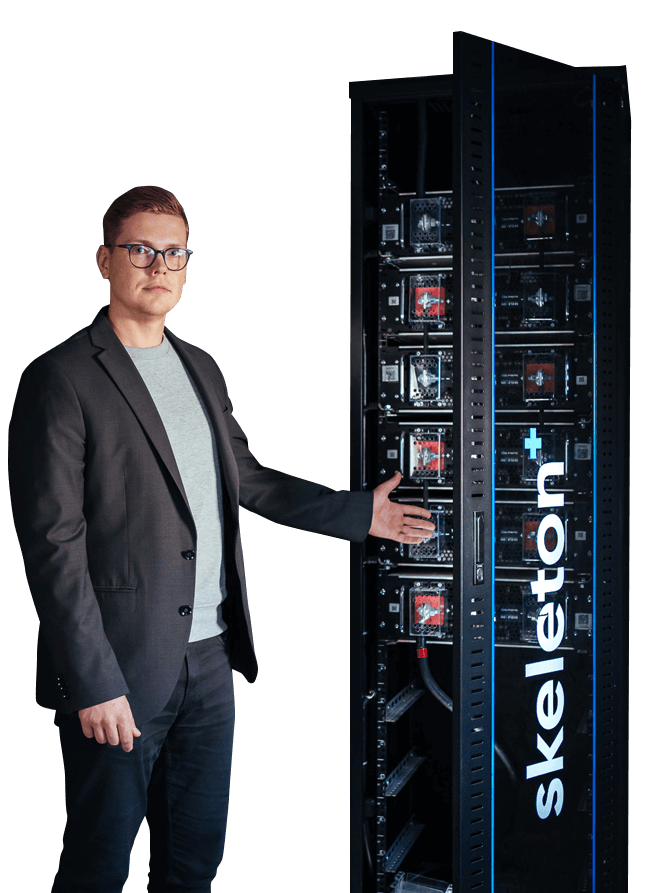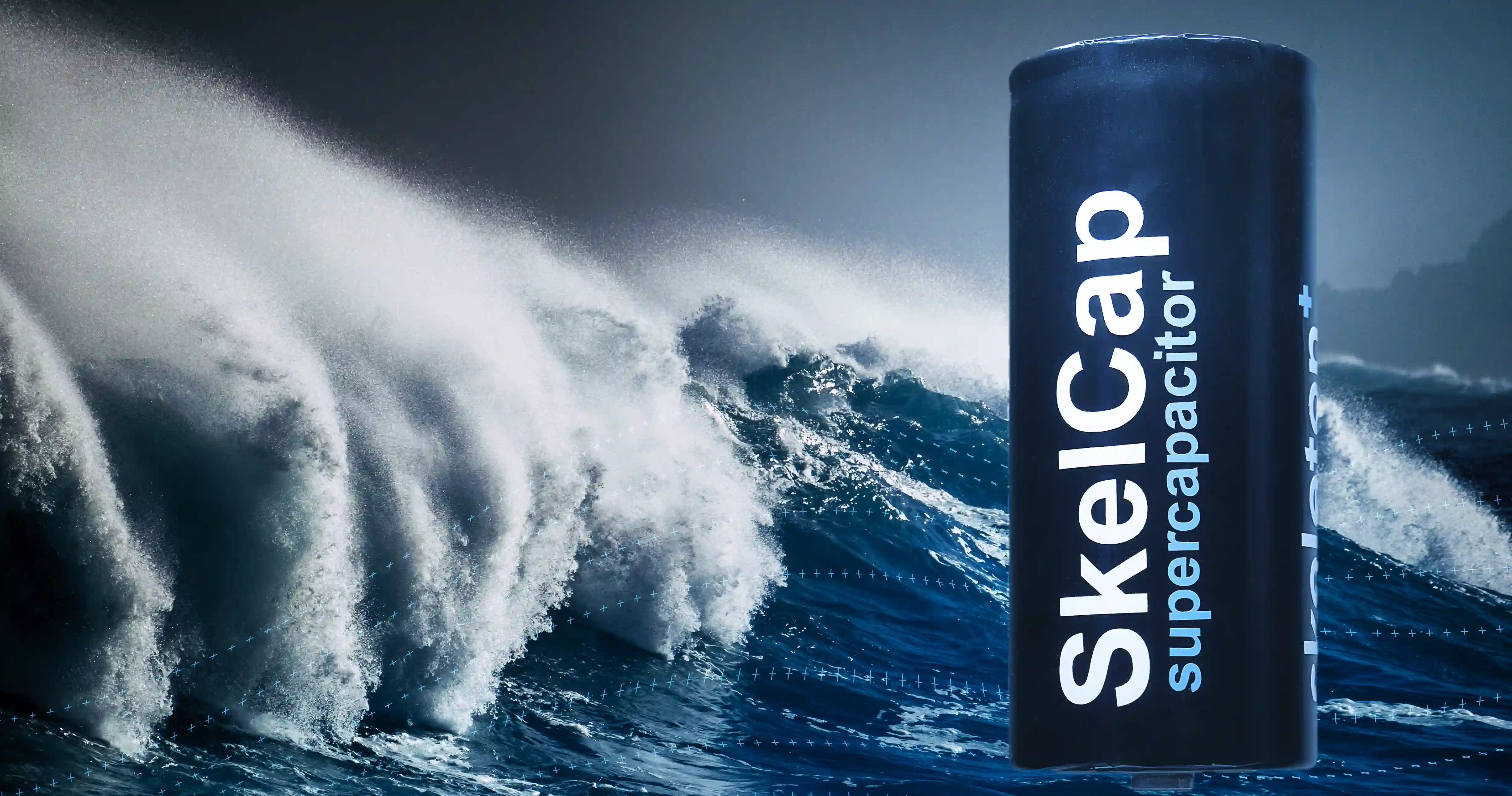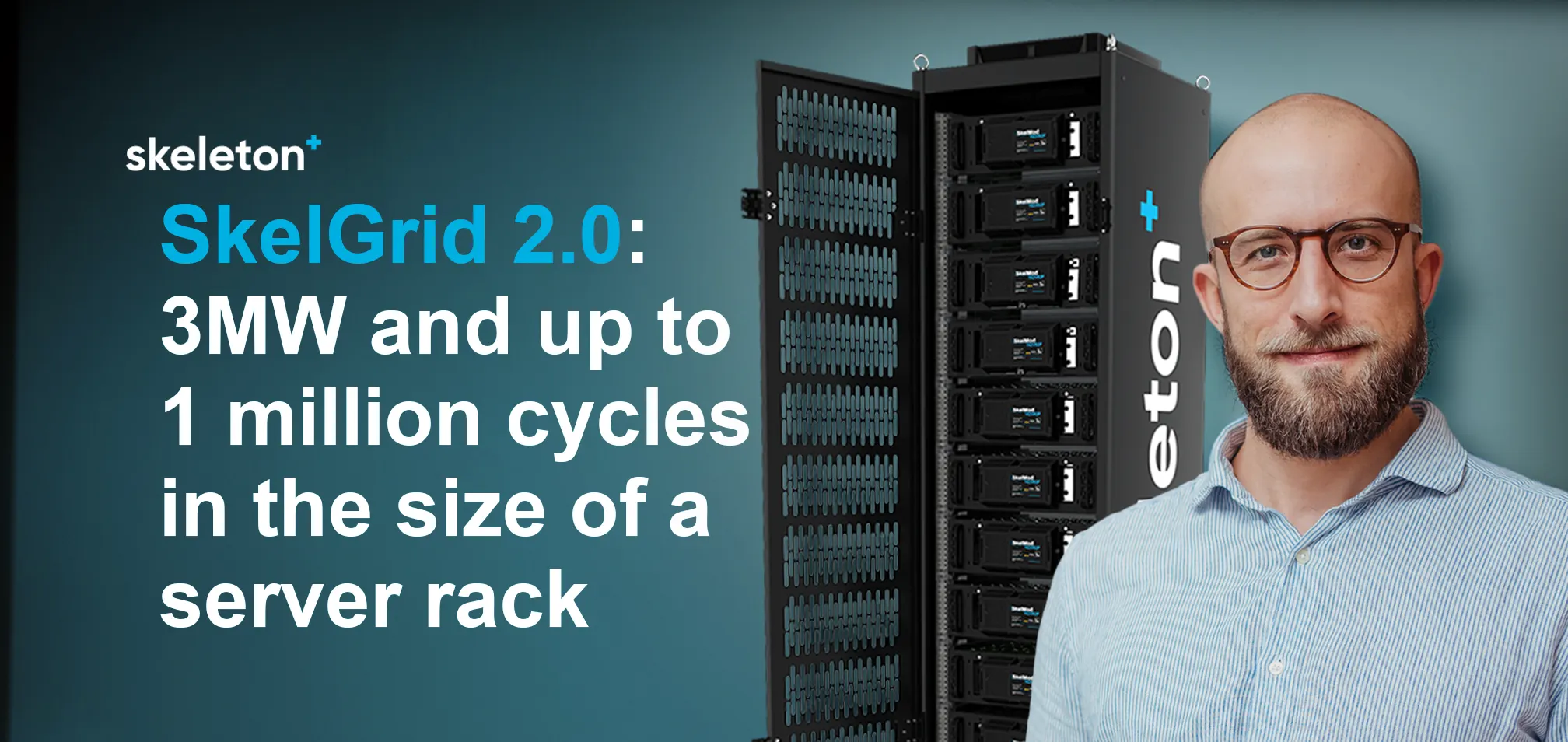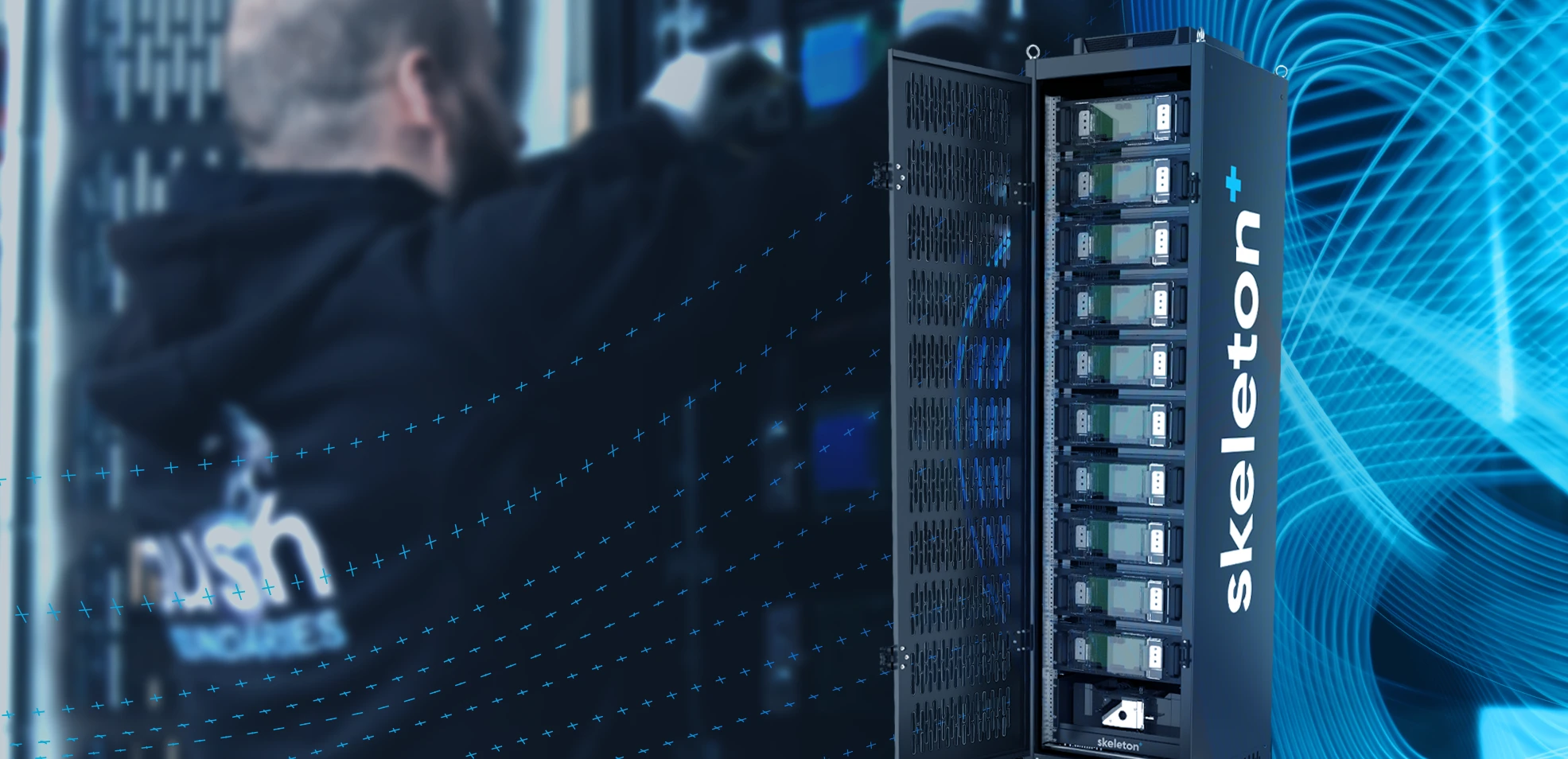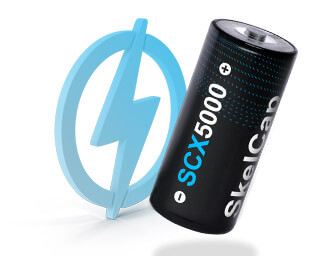
Skeleton teams up with TalTech and Tartu University to develop flexible ultracapacitors
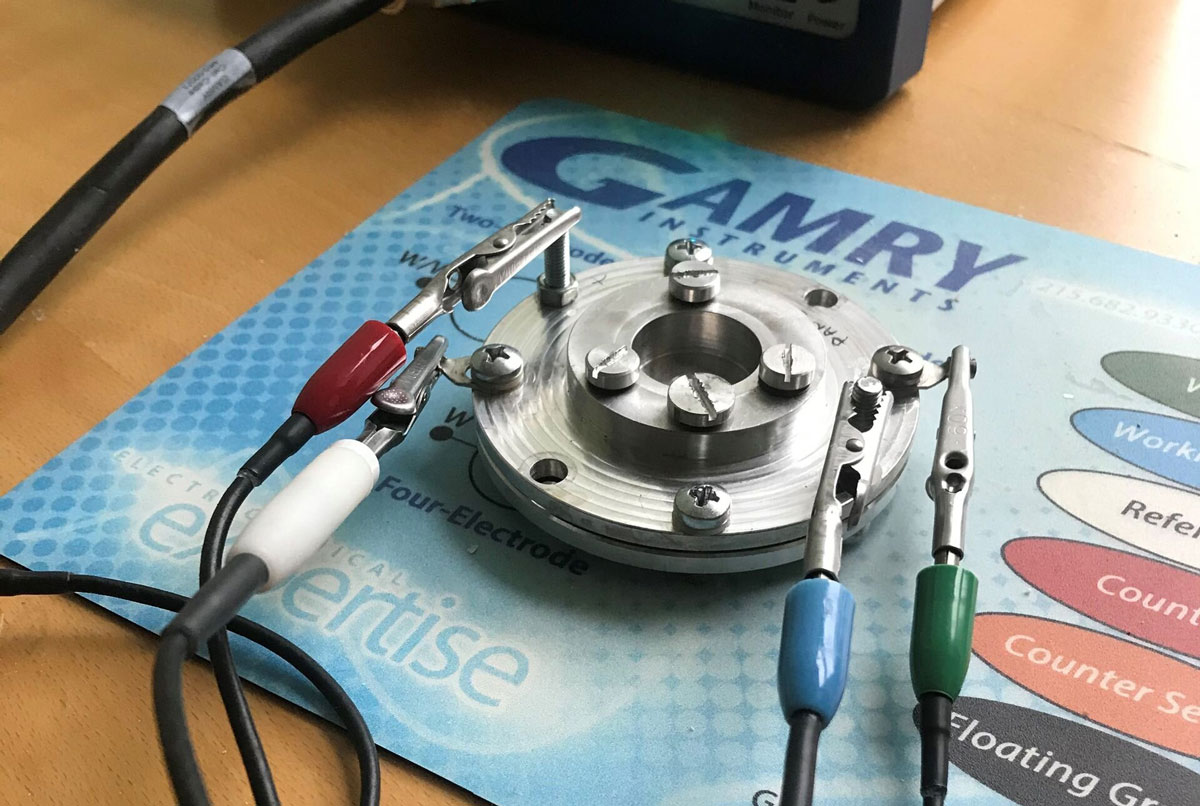
Researchers at TalTech's Polymers and Textile Technology Laboratory are working with Skeleton Technologies and the Institute of Chemistry at the University of Tartu to develop ultracapacitors with special durability properties. The project is supported by the European Space Agency (ESA).
„Skeleton is at the forefront of ultracapacitor technology. Working with universities and the European Space Agency is instrumental in keeping our technological edge by pushing us to explore new development pathways“, says Egert Valmra, Programme Director at Skeleton.
These new types of ultracapacitors are specifically being developed for space technology because they are flexible, light and at the same time very strong. Researchers are using Curved Graphene to make bendable electrodes, which can be made into any shape. It can be useful in applications with extreme space constraints where you need to shape energy storage according to what kind of volume shapes you have.
"The importance of supercapacitors in today's technology is growing. By their nature, ultracapacitors are used primarily in situations where a large amount of electricity needs to be released quickly, " explains Andres Krumme, head of the working group and professor at TalTech's Polymers and Textile Technology Laboratory.
These ultracapacitors are made by electrospinning and consist of nanofibrous nonwovens. The fibers in these materials are 10 to 100 times thinner than a hair. Inside the fibers one can find Skeleton’s proprietary Curved Graphene material that stores electricity and are held together by a polymeric binder. The fibrous structure developed by the researchers is flexible and up to 20 times stronger than the materials used in conventional supercapacitors. Curved Graphene has two important properties for storing electricity: an exceptionally large specific surface area (area per unit mass) and a particularly good energy storage capacity.
The ultracapacitors under development could be used to provide a strong short-term current pulse in rocket engine launchers and controls, cyclic power to satellites when exposed to sunlight, and to open and mechanically move satellite panels.
The working group has managed to turn the idea to laboratory prototype, and hopes to have the first products in the next 3-5 years with the support of ESA.
